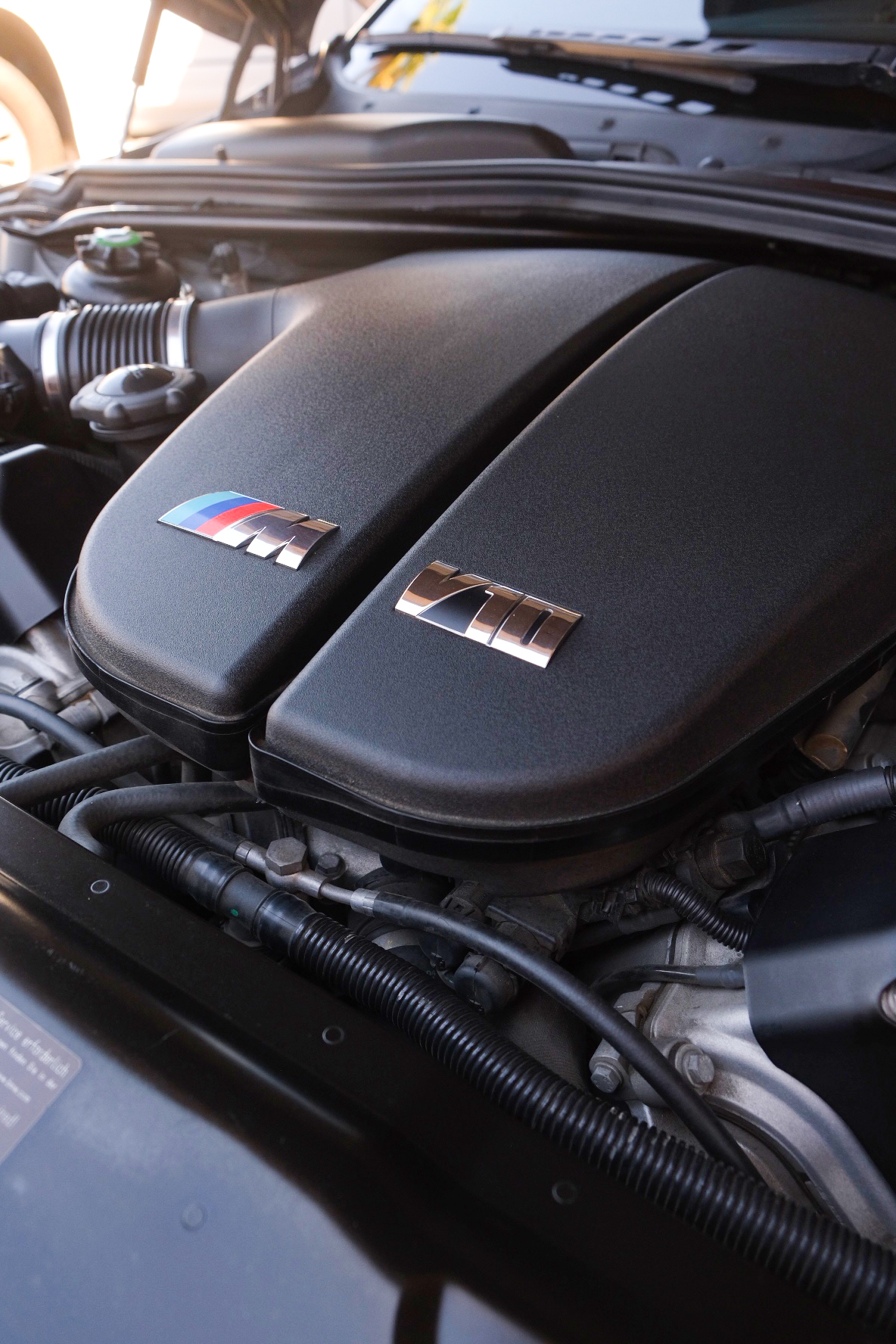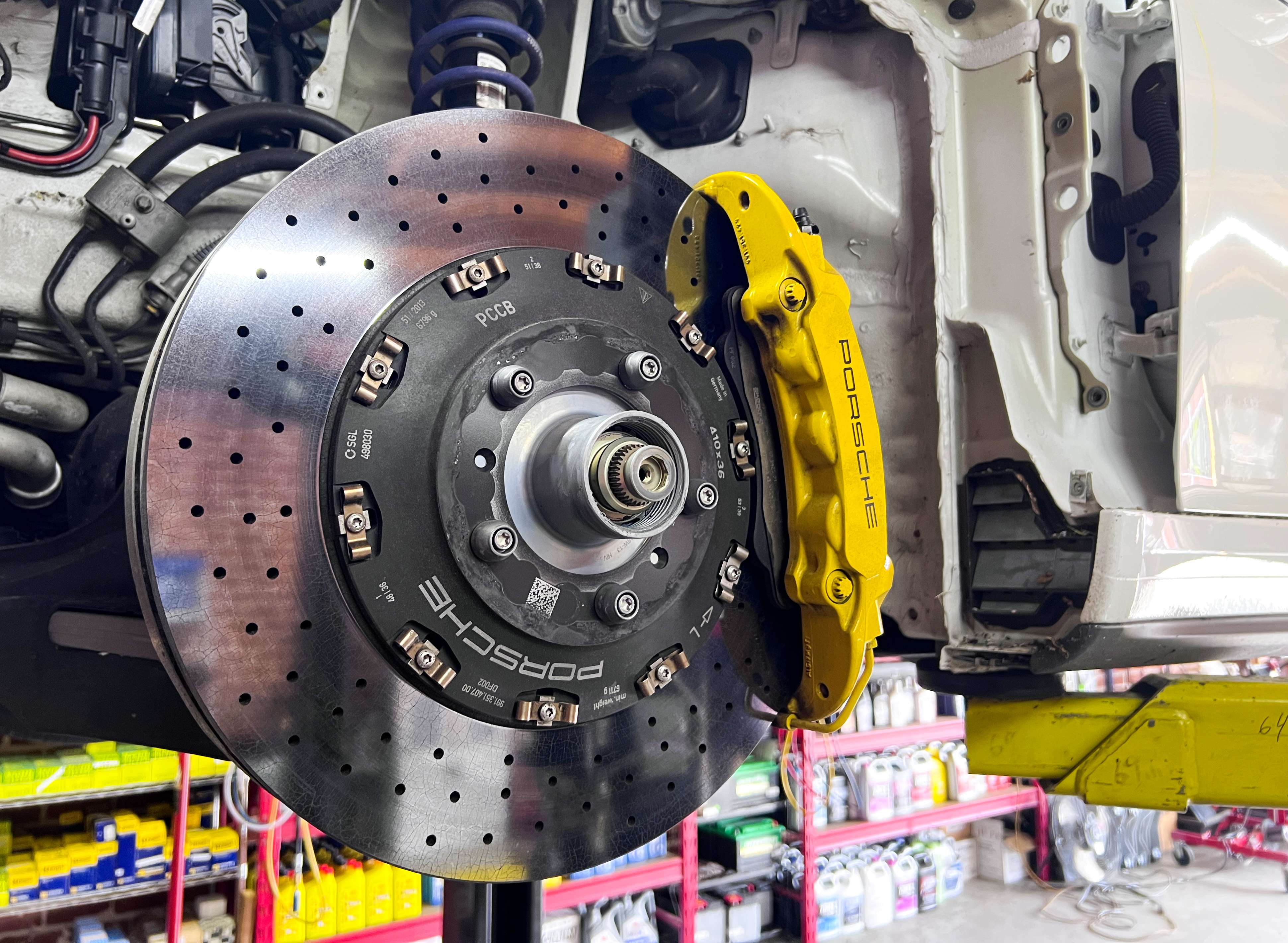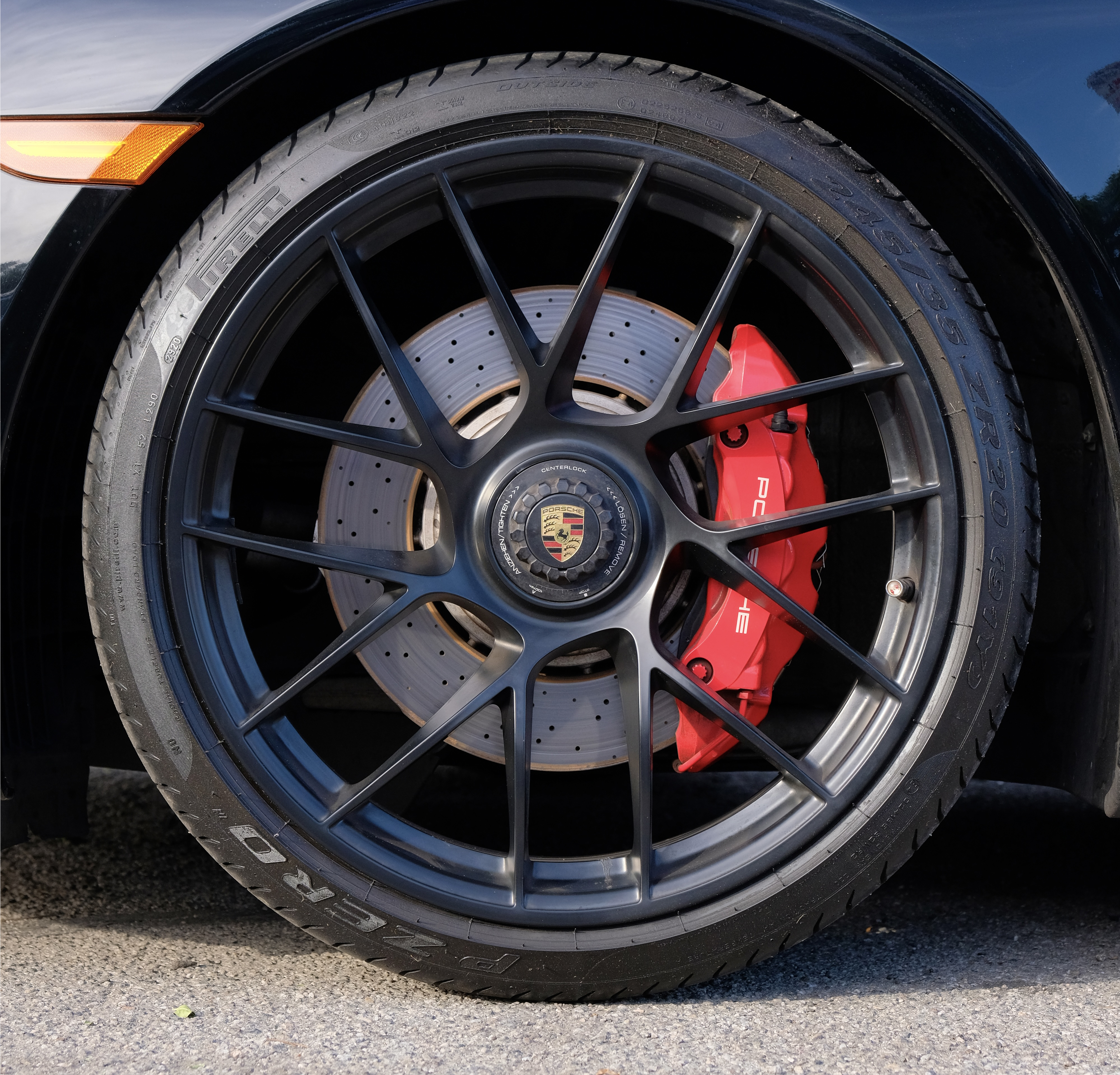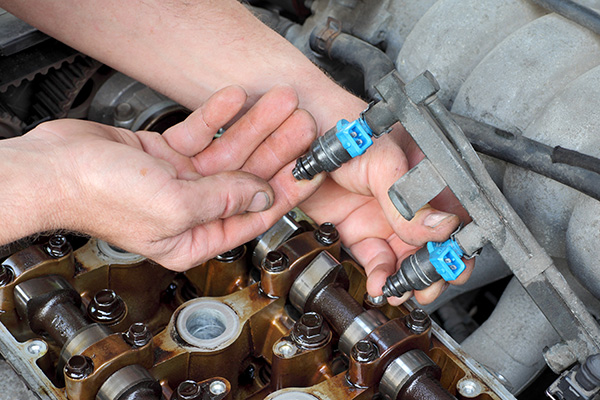Posted on 10/31/2024

Buying a used car can be a fantastic way to get the vehicle you need at a price that’s kinder to your wallet. However, there’s a lot of uncertainty when you’re purchasing a pre-owned vehicle. One thing that can help you avoid unexpected costs and regrets down the line is a pre-purchase inspection (PPI). But how exactly does a PPI save you money? Uncover Hidden Issues When you buy a used car, what you see isn’t always what you get. Sellers may not always disclose every issue with the car, and even if they do, they might not be aware of problems lurking beneath the surface. A pre-purchase inspection is designed to identify these hidden issues that could become major repair costs later on. During a PPI, a qualified technician thoroughly examines the vehicle’s major components, such as the engine, transmission, brakes, and suspension. They can catch ... read more
Posted on 10/21/2024

The ultimate driving machine has been around for decades and the Bavarians seem to be coming up with faster and more powerful iterations of their "M" cars every year. But does more horsepower and hybrid technology necessarily mean better? Today, we are taking a closer look at what some BMW enthusiasts would consider the holy grail of engines made by BMW M. The S85 V10 engine offers one of the most unique driving experiences ever with its high-revving nature, independent throttle bodies, and exotic sound notes. Join us for an important discussion about the maintenance and repairs you might be facing with a S85-powered BMW M5 or M6. What makes the BMW S85 V10 special? This BMW M6 pictured below in our shop here for example is powered by the legendary S85 engine. A 5.0L V10 cylinder with an 8,250 rpm redline, 507 horsepower, and the sound note of an F1 car. Coming from a time when German automakers went all out to celebrate the possibilities of the ... read more
Posted on 10/16/2024

Today we are talking brakes! They are one of the most crucial components of any motor vehicle out on the road and are essential to slowing down your car and at the same time ensure safety for yourself and others on Burbank's roads. However, not all brakes are the same. Did you know there are two largely different types of brake systems on cars? In this blog post, we will do a crash course on the two kinds of conventional brake systems: Drum Brakes and Disk Brakes! So stick around to find out how these two brake systems are different, which ones you have on your car, and how they are serviced! A Brief History About Brakes The first ever car with brakes was introduced by the Frenchman Louis Renault in 1902. While disk and drum brakes saw the light of the world around the same time, the first mass-produced cars featured a drum brake system due to simpler technology and lower costs. Disk brakes didn't really become a thing until 1953 when ... read more
Posted on 10/2/2024

How Cooler Weather Affects Your Ride and What to Do About It As the colors of autumn leaves change in October, drivers may overlook a crucial element: tire pressure. Cold weather can affect your vehicle's handling and fuel efficiency. To ensure smooth driving through Burbank or upcoming travels during this seasonal transition, it is beneficial to understand how lower temperatures impact tire pressure. This autumn, take the opportunity to delve into the scientific explanations for tire pressure fluctuations, grasp their significance, and gain insights on how to maintain your tires properly. Why Temperature Changes Affect Tire Pressure Many drivers are unaware that tire pressure changes with outdoor temperature, which can be explained by fundamental physics principles - warm air expands while cold air contracts. Consequently, a decrease of 10°F in temperature results in an approximate loss of 1-2 psi (pounds per square inch) in tire pressure. If the ... read more
Posted on 9/27/2024

A car’s fuel pump delivers gasoline from the tank to the engine. Without a properly functioning fuel pump, your vehicle’s performance can suffer dramatically, or worse, it might not run at all. But how do you know when your fuel pump is failing? We’ll share the key warning signs that indicate it might be time to replace your fuel pump. Difficulty Starting the Engine One of the first signs that your fuel pump is going bad is difficulty starting your car. If the fuel pump isn’t able to supply the engine with the proper amount of gasoline, the engine will struggle to start or may crank longer than usual before finally firing up. Sometimes, the car might not start at all, leaving you stuck. While other issues, like a dead battery or faulty starter, can also cause starting problems, a failing fuel pump is a common culprit that shouldn’t be overlooked. If you notice this symptom consistently, it’s a good idea to get your fuel pump inspe ... read more